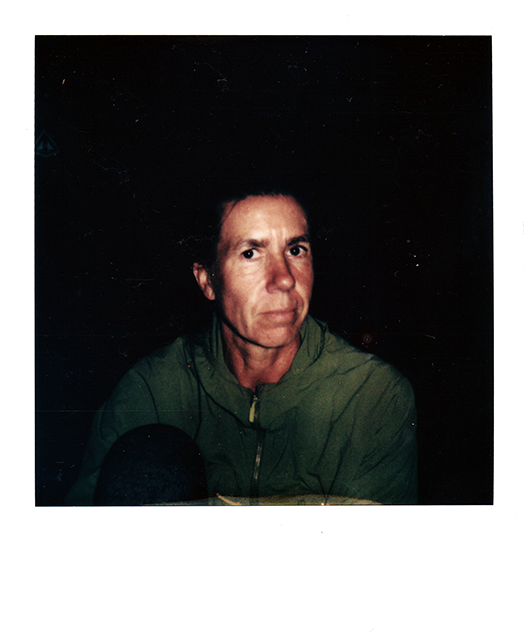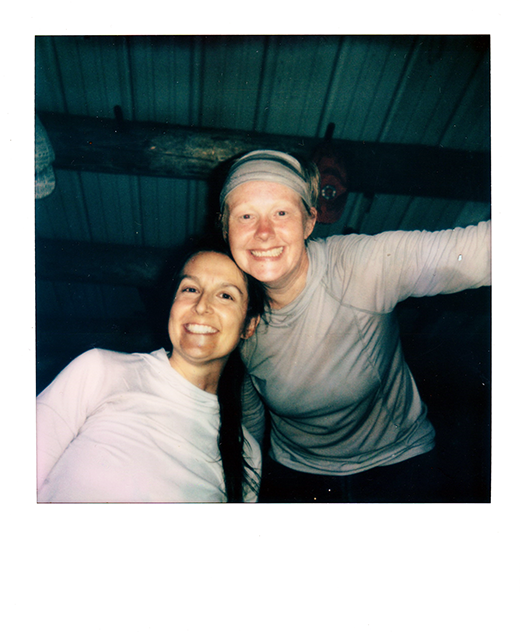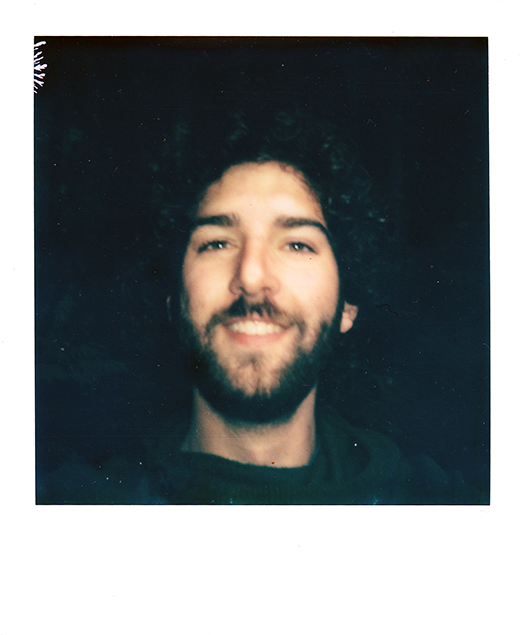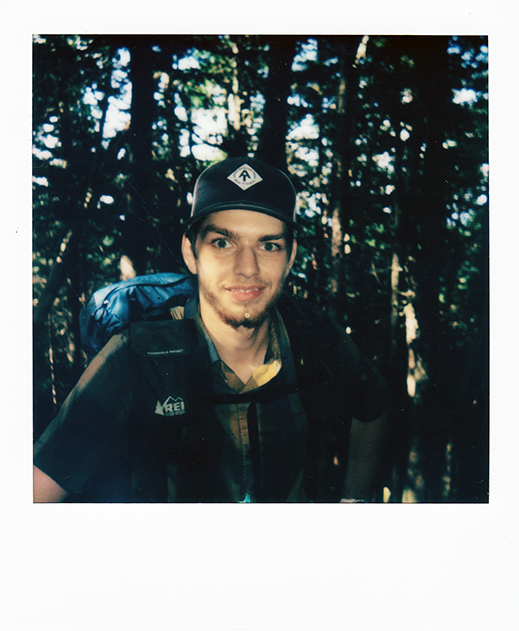
Appalachian Trail Thru-Hikers:
A Research Project Funded by the University of Rochester’s Anthropology Department with the Dr. Louis Samuels Grant
Some Background…
What is “thru-hiking”?
“Thru-hiking” a trail means completing an entire hiking route in one try. Individuals attempting the AT (Appalachian Trail) face around 2,200 miles and 515,000 feet of elevation gain through some of the hardest terrain that the United States has to offer. I encountered day-hikers, section-hikers (term for people who split the whole trail into sections), and slackers (term for people who have road assistance to carry food/gear), however my main group of interlocutors were thru-hikers.
WHAT ARE “TRAIL NAMES”?
“Trail Names” are what people use to identify and refer to one another while in the context of hiking. Receiving one of these names serves as a right-of-passage for hikers, as it is forbidden to give oneself a name. Rather, other hikers must assign you one – often based on personal traits and/or humorous anecdotes. When I first learned about trail names, I considered them as alter-egos. However, after my many conversations with interlocutors about their given trail-names and their thoughts on trail-name’s roles, I realized they serve as a way for hikers to express a side of themselves that may be socially taboo or unacceptable in day-to-day life. In this respect, trail-names are used as an ego more genuine than the one they present to average non-trail communities. The roles we and others assign to ourselves based on gender, ethnicity, class, etc. lose potency in the values fostered by this outdoor community. Trail names simultaneously reflect a very real sense of oneself and a loss of one’s importance in the cultural values fostered around the Appalachian mountains.
Now, who is doing this and why?

SOBO (Southbound)
“Henny”
Henny is taking an unpaid leave for her work as a nurse in the Netherlands and came to complete the trail due to her love of hiking. Although she usually hikes with her husband, she came alone because she wanted the challenge of thru-hiking solo. In her free time she enjoys watching movies about travel and mushrooming. She spoke on how the AT offers biodiversity with each turn you take specifically noting pleasant aromas and variety of trees.

NOBO (Northbound)
“Spartacus”
Having just retired from the military, Spartacus has been wanting to hike the AT especially after having seen movies about it and seeing his friend complete it. Coming to the trail is serving him as a buffer before he comes home to figure out what to do next. He has gotten into birding and introduced me into the app Merlin which identifies birds for you! He also encountered a bear on trail which also had not noticed him hiking. The bear took off and so did he.

SOBO
“Stitch” (left) and “Doolittle” (right)”
They met 100 miles into their start in Maine and have been inseparable ever since. They share a sense of humor and comfort with one another fostered by what the trail makes them face on a daily basis (recently facing the worst rain-storm of the summer). Stitch received her name because she loves to knit. While many butterflies choose to land on Doolittle hence her namesake.
Doolittle came to hike the AT because she has been on a “non-stop track” from going straight from highschooler to college to her current career. She was one of the interlocutors who discussed how the trail allows for an escape from politics and fakeness and instead can focus on the simple yet important things.

NOBO
“Pack Rat”
Pack Rat finds himself happiest when on trail. He is an energetic story teller as he captivated a group of thru-hikers while they were all winding down from their milage of the day. He loves animals, especially his ferrets and recounted how his pet stole and hid his car keys one day stopping him from getting to work on time. He was one of the few hikers I met who never wanted to finish the trail. Despite the difficulties that come with spending every day away from the comforts of his Florida home, he reported feeling like woods represent a home he has been looking for.

SOBO
“Robin” (left) and “Menstrual” (right)”
Robin and menstrual are a married couple who saved up enough money during the Covid-19 Pandemic to go on a trip like this. They both grew up going on day hikes with their respective families and decided that it was time for them to tackle the AT together. Robin is considering changing career paths and is taking some time to consider what is next for her.

Nowhere Bound
“Bear” (researcher)
The outdoor community is an ethnographically rich and important field-site to research especially as climate change is continuing to take a hold over our natural environment. By promoting natural resources such as the AT, my hope is to show the important role the outdoors has in facilitating wholesome, welcoming, and diverse communities. This website serves as a jumping off point for what future research of outdoor communities could hold.
Having worked as an outdoor educator, I know the importance taking a step away from the distractions of everyday life can have on todays youth. The distraction free zone also drew many of my adult interlocutors who came to trail as a meditation on what they would do next away from trail. Preservation of our natural environment can look a lot of different ways from the micro-actions of an individual following Leave No Trace rules to macro-level necessary changes needed to be made politically to incentivize producers with big carbon footprints to head towards greener solutions. There is a need to continue researching outdoor communities in attempt to preserve what we can.
-
Some passers-by:


Where We Are:
500 Joseph C. Wilson Blvd, Rochester NY 14619
k


